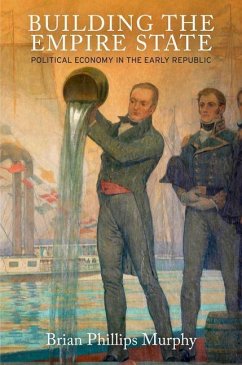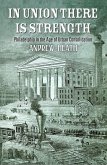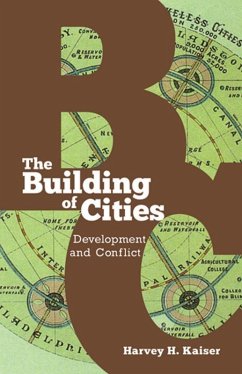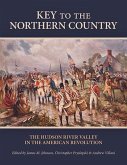Building the Empire State examines the origins of American capitalism by tracing how and why business corporations were first introduced into the economy of the early republic. Brian Phillips Murphy follows the collaborations between political leaders and a group of unelected political entrepreneurs, including Robert R. Livingston and Alexander Hamilton, who persuaded legislative powers to grant monopolies corporate status in order to finance and manage civic institutions. Murphy shows how American capitalism grew out of the convergence of political and economic interests, wherein political culture was shaped by business strategies and institutions as much as the reverse.
Focusing on the state of New York, a onetime mercantile colony that became home to the first American banks, utilities, canals, and transportation infrastructure projects, Building the Empire State surveys the changing institutional ecology during the first five decades following the American Revolution. Through sustained attention to the Manhattan Company, the steamboat monopoly, the Erie Canal, and the New York & Erie Railroad, Murphy traces the ways entrepreneurs marshaled political and financial capital to sway legislators to support their private plans and interests. By playing a central role in the creation and regulation of institutions that facilitated private commercial transactions, New York State's political officials created formal and informal precedents for the political economy throughout the northeastern United States and toward the expanding westward frontier. The political, economic, and legal consequences organizing the marketplace in this way continue to be felt in the vast influence and privileged position held by corporations in the present day.
Focusing on the state of New York, a onetime mercantile colony that became home to the first American banks, utilities, canals, and transportation infrastructure projects, Building the Empire State surveys the changing institutional ecology during the first five decades following the American Revolution. Through sustained attention to the Manhattan Company, the steamboat monopoly, the Erie Canal, and the New York & Erie Railroad, Murphy traces the ways entrepreneurs marshaled political and financial capital to sway legislators to support their private plans and interests. By playing a central role in the creation and regulation of institutions that facilitated private commercial transactions, New York State's political officials created formal and informal precedents for the political economy throughout the northeastern United States and toward the expanding westward frontier. The political, economic, and legal consequences organizing the marketplace in this way continue to be felt in the vast influence and privileged position held by corporations in the present day.
Dieser Download kann aus rechtlichen Gründen nur mit Rechnungsadresse in A, D ausgeliefert werden.









